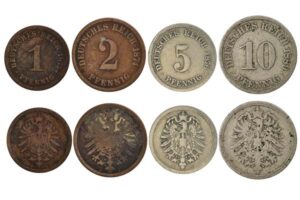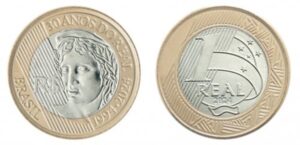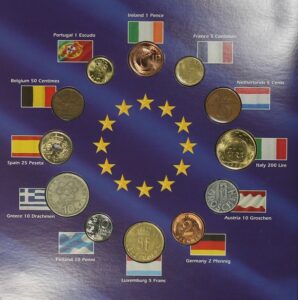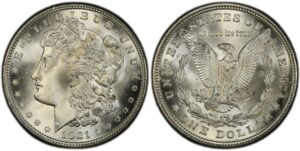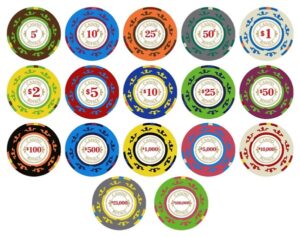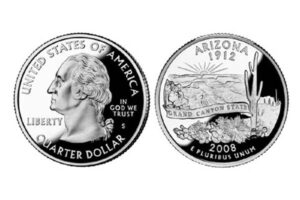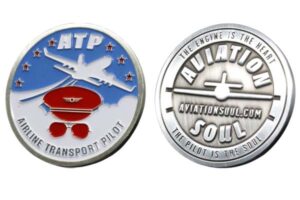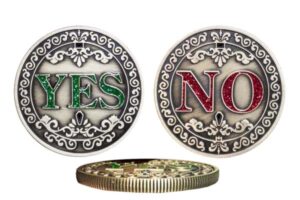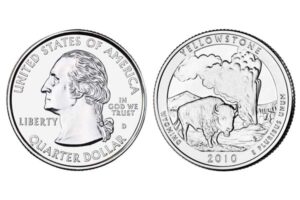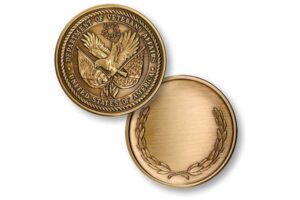
I once panicked about fluctuating gold prices1. That feeling led me here. Now I see clear paths. I want to share this journey with you.
A one-ounce American Gold Eagle often trades around $2,700–$2,900. Prices shift daily. Factors like market demand and economic trends2 shape current values.
I once watched a friend search endlessly for reliable pricing. That made me dig deeper. Let’s explore more questions and insights.
Are gold eagles worth buying?
I asked this question when I started collecting. I wanted real data and personal stories that helped me reach a decision.
Gold Eagles carry official backing and strong appeal. Each coin has a legal tender face value, though its resale price usually exceeds that nominal figure.
Why do face values matter?
Face values give these coins legal tender status. That ensures authenticity and recognition. When I saw the $50 mark on a one-ounce Gold Eagle, I realized the coin’s real worth was tied to its gold content, not just a stamped number.
Market value versus collector value
Collectors see these coins as prized items. The actual price depends on gold’s spot price and demand in the market. I compare current gold prices online. Then I check coin forums for collector premiums. Sometimes I see a spike when demand surges. Other times, prices settle after short-term excitement.
Potential investment considerations
Gold Eagles might fit certain portfolios. Some buyers like physical assets. Some focus on market trends. Others collect coins for heritage. I look at my budget and goals. I weigh the premium over spot gold. That helps me decide if these coins meet my objectives.
| Factor | Impact on Worth |
|---|---|
| Spot Gold Price | Fluctuates daily |
| Collector Demand | Raises resale value |
| Economic Climate | Affects investor interest |
| Government Backing | Builds trust in authenticity |
Is it illegal to own a double eagle gold coin?
I always heard stories about 1933 Double Eagles. I wanted to know if regular collectors could ever own one of those coins.
Most 1933 Double Eagles are forbidden. Yet one privately held coin exists. The U.S. government allowed only that specific coin to remain in private hands.
The 1933 Double Eagle’s unique history
The 1933 Double Eagle has a mysterious past. The U.S. government recalled these coins during the Great Depression. Few escaped meltdown. I read that only a handful exist. Most remain illegal for private ownership. This restriction stems from government actions tied to gold policies at the time.
One coin’s legal status
In 2002, one example sold at auction with the government’s blessing. Collectors celebrated. I recall reading about intense bidding. The coin sold for millions of dollars. It’s an outlier. That single coin is legal to hold. Others are confiscated if discovered.
Alternative historic coins
Collectors can pursue other vintage gold pieces. Liberty Head Double Eagles from different years are legal. I find them appealing. They’re still historical but don’t carry the same legal complications. I enjoy researching each design’s story, discovering the artistry and symbolism hidden in each coin.
Do banks sell gold eagles?
I was curious if I could walk into my local bank and leave with a Gold Eagle. I tried asking around. The answers surprised me.
Some U.S. banks might offer limited gold products. However, most do not sell Gold Eagles. Prices change often, making it risky for banks to hold large stocks.
Why many banks don’t carry gold coins
I spoke to a local bank manager. He said changing gold prices add complications. Banks focus on services like mortgages, loans, and standard checking. Buying and selling gold demands constant market monitoring. Smaller branches find it cumbersome. Larger banks sometimes have specialized departments, but even then, inventory might be tight.
Where to find Gold Eagles instead
I learned that reputable coin dealers and online marketplaces are common sources. I browse trusted websites and check user reviews. Some mint-authorized dealers post real-time pricing. I like that clarity. Auction sites also list Gold Eagles, though I carefully verify authenticity. Good feedback scores reassure me.
Negotiating gold coin purchases
I prefer building relationships with dealers. I ask about volume discounts. Some dealers offer better rates if I buy several coins. When I started, I asked basic questions about shipping insurance and packaging. Clear communication helped me avoid costly misunderstandings.
A recommendation for custom gold-plated coins
I run a factory in China that makes medals, badges, commemorative coins, and challenge coins under the INIMAKER brand. My name is Joshua White. I have four production lines and serve buyers in the United States, Russia, France, the United Kingdom, and beyond. I focus on B2B wholesale, with deep customization options for museums, coin dealers, and corporate buyers. I promote my products on Alibaba, at exhibitions, and through my independent site. If you want gold-plated or silver-plated custom coins for teaching or collecting, feel free to email me at info@inimaker.com or visit www.inimaker.com. I would love to help you design unique pieces.
Kesimpulan
Gold Eagle coins have special worth and long histories. Values depend on gold’s price, collector demand, and rarity. Armed with this knowledge, I feel more confident in my choices.

